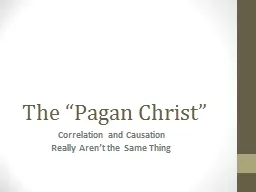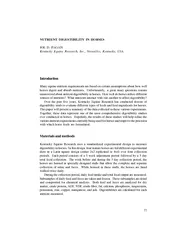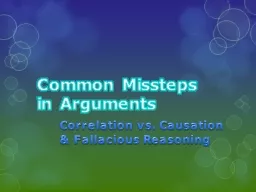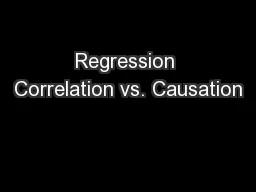PPT-The “Pagan Christ” Correlation and Causation Really Aren’t the Same Thing
Author : trish-goza | Published Date : 2019-11-05
The Pagan Christ Correlation and Causation Really Arent the Same Thing Jesus Mythicist Thesis There is no evidence that Jesus of Nazareth ever actually lived NT
Presentation Embed Code
Download Presentation
Download Presentation The PPT/PDF document "The “Pagan Christ” Correlation and ..." is the property of its rightful owner. Permission is granted to download and print the materials on this website for personal, non-commercial use only, and to display it on your personal computer provided you do not modify the materials and that you retain all copyright notices contained in the materials. By downloading content from our website, you accept the terms of this agreement.
The “Pagan Christ” Correlation and Causation Really Aren’t the Same Thing: Transcript
Download Rules Of Document
"The “Pagan Christ” Correlation and Causation Really Aren’t the Same Thing"The content belongs to its owner. You may download and print it for personal use, without modification, and keep all copyright notices. By downloading, you agree to these terms.
Related Documents














